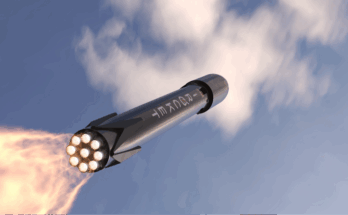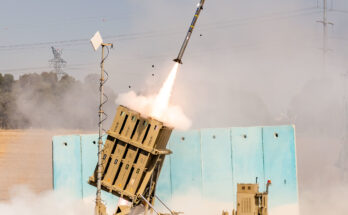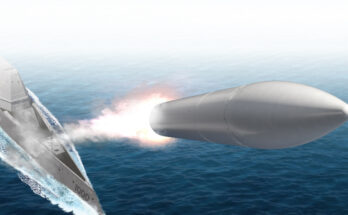Iran’s indigenous long-range air-defense system, the Bavar 373, will be operational sometime during the next Iranian year.
Speaking to media on July 5, 2017, the Commander of Iran’s Khatam al-Anbia Air Defense Base, Brigadier General Farzad Esmaili, noted that the Bavar 373 would be operational after this year, which ends in March 2018.
Testing continues on the system, according the brigadier general.
“We’ll test the complex until the end of this year so that it becomes part of the country’s integrated air defense system next year,” he said.
In the mean time, Iran has put the S-300 into service. Iran took delivery of the system last year. Brigadier General Esmaili confirmed that the Russian air-defense system has been made operational.
He added, however, that the Bavar 373 — an apparent analogue of the S-300 — will be “stronger than the S-300,” without further specifying. Iranian media has previously described the system as having greater mobility than the S-300, with a faster deployment time.
Iran had previously hoped to put the Bavar 373 into service during this Iranian year. In October 2015, Brigadier General Esmaili said, “We hope to carry out tests on the Bavar 373 systems that are under construction now by the end of the current year. And we believe that the systems will be ready for launch by March 2017.”
The system was shown off during a visit by President Hassan Rouhani in August 2016, but as of early March of this year, Iranian officials confirmed that testing had been ongoing, suggesting it would not meet the initial plan.
— Derek Bisaccio (@DerekBisaccio) August 22, 2016
“Steady work efforts are being made on Bavar 373 missile system and a number of tests have been carried out on this system, and these tests will continue until the date of delivery,” Deputy Defense Minister Amir Hatami said in March 2017.
Military markets analyst, covering Eurasia, Middle East, and Africa.




